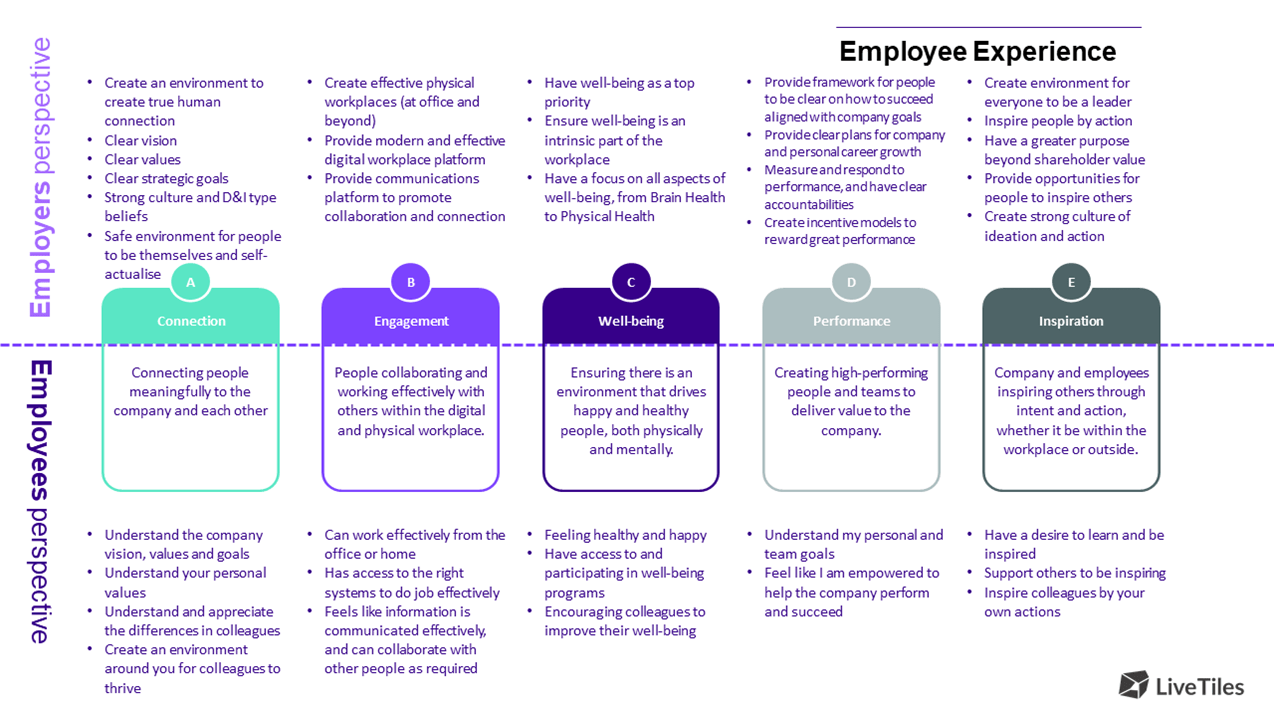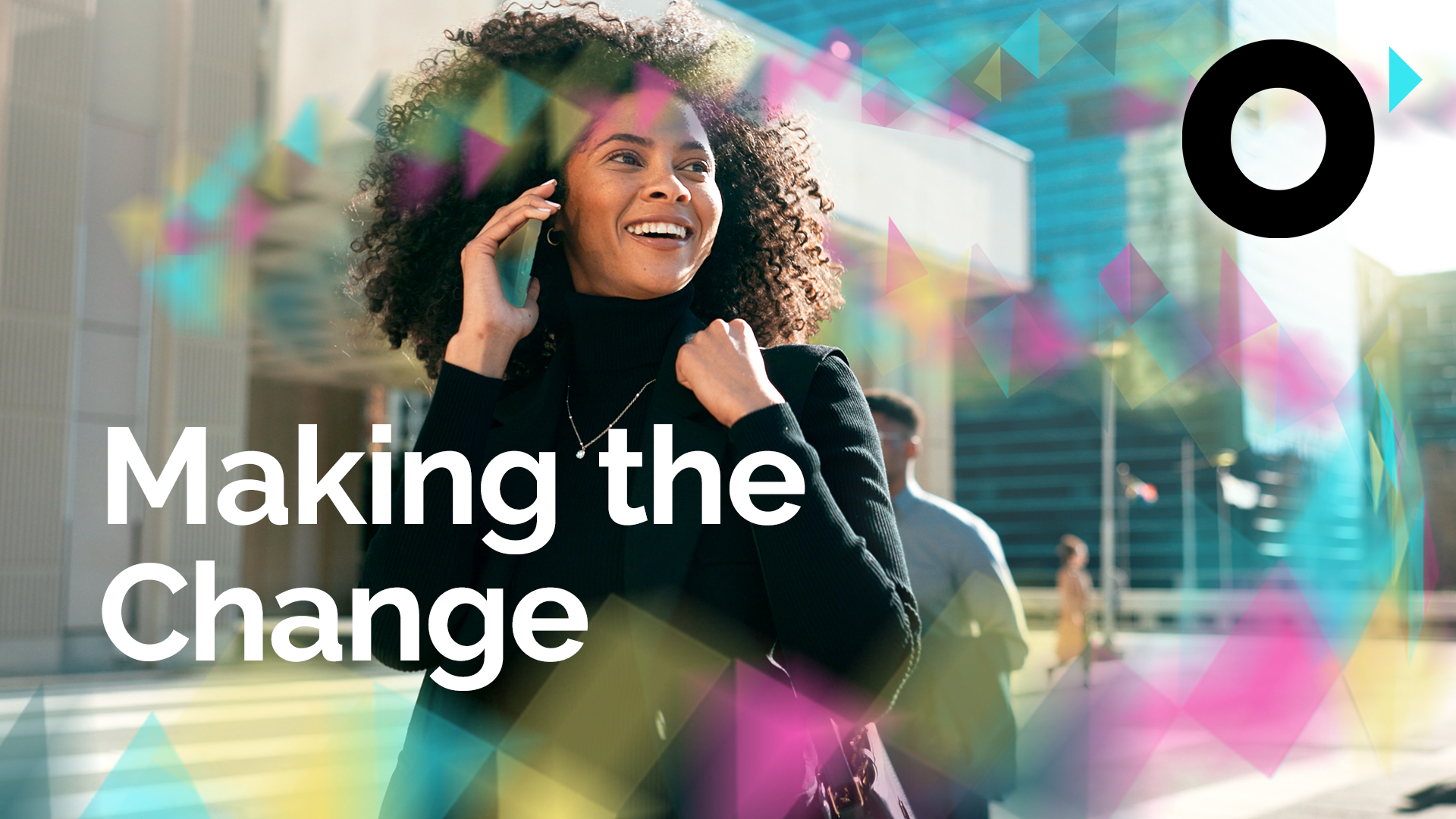Thousands of people across the world joined the LiveTiles Let’s Connect virtual event featuring visionary thought leader and bestselling author Simon Sinek.
The theme for the event was employee experience – and there is no wonder why so many people tuned in to hear Simon tackle the hard-hitting questions given the size and rate of change transforming the way we work and live.
Over the past year, only 20% of the global workforce felt engaged [1] and 37% of employees said they were over-demanded during the pandemic [2], which is alarming considering we spend almost one third of our life at work.
Sinek proved he was up for the challenge, taking questions from a diverse range of people from all walks of life including nurses working in COVID wards, hospitality workers, professionals from the corporate sector and not-for-profits, students in quarantine on remote islands and everything in between.
In this article, I share the nuggets of gold that will help you transform the way you think and feel about work and lead your team and your broader company into an era of a better working world.
In my closing commentary from the Simon Sinek event, I noted what we see as the 5 key pillars of EX based on our knowledge of the topic and from everything we heard, and I’ve included a summary of this below. Over the coming weeks we’ll be sharing further insights, particularly in relation to each of the pillars of EX including Connection, Engagement, Well-being, Performance and Inspiration.

Devise and implement metrics to measure employee experience
In simple terms, at LiveTiles we see Employee Experience as the strength of emotional connection that emerges from the experience between a person and their employer. Great Employee Experience is where employees are deeply connected and engaged to a company’s purpose, brand, values and vision, and where employees are enabled to perform at their best and are happy and healthy at work and in life – and it’s incredibly important to devise a set of metrics to measure it.
One of the main reasons that most companies do not measure employee experience is not because it’s unmeasurable, but because it’s difficult to do. Instead, companies tend to stick to the tangibles and measure widgets, sales numbers, revenues, profit and market share.
However, companies that fail to take steps to understand and measure employee experience over the longer term will be the ones that suffer. Research has shown that sustainable long-term success is intrinsically linked to organisations that focus on culture, trust, connectivity and engagement – all the foundations of great employee experience.
Gradual change trumps a Band-Aid
People don’t fear change, they fear sudden change. And great leadership with empathy can overcome any challenges and issues that arise with change programs.
Instead of giving your employees a PowerPoint presentation that talks about why this change is necessary, leaders should take the time to understand their experience and points of view. And if there are concerns it is important to offer additional training, extend handholding programs, offer a course to take them on the change journey rather than just thrusting it upon them.
It is also important to recognise and accept that change happens at different paces for different people. We cannot expect or force people to embrace and adopt things at the same time.
Human connection on virtual platforms requires ‘much more work’
In a virtual world we must be more prescriptive, and we must work harder on building trust and connectivity with our work colleagues. The famous violinist Isaac Stern said, “music is what happens between the notes” – and at work, trust is built between the meetings.
In a virtual world we must purposely create those engagements and provide spaces where you don’t talk about work and focus on the human elements of a person’s life.
The telephone is also an underrated channel for connectivity. We are truly engaged on the phone and if somebody is distracted, we can say, ‘are you there?’ So, pick up the phone, call your team members sporadically and often, and do not wait for things to go wrong to check in.
There are no such things as ‘soft skills’
We tend to talk about hard skills and soft skills as opposites that are working against each other when in fact they work together in concert.
We should be teaching hard skills (the skills you need to do your job) and human skills (the way to be a good person, a good leader) together and hold them as equally important qualities.
As it turns out when we teach people those human skills, not only does it benefit the employee in how they relate with people at work, it also benefits them in how they relate with people in life and they become better human beings.
People in general want to be recognised for being a human being, not just a cog in a machine. The more skills we can give them to ensure they are seen, heard and understood, pays dividends for the company, the employee and for society as a whole.
Honesty, vulnerability and transparency are key
Regular, informal and consistent check-ins and feedback are important. You can still have the annual reviews, but ongoing connectivity is valuable. A simple question such as “How are you?” can open an honest dialogue and give context to how people are performing at work – and better still, how you can help them to be the best version of themselves.
It’s important for leaders to know that you don’t always need to be tough, positive and have all the answers.
Your vulnerability and honestly provides your team and emerging leaders with the permission to do the same.
We can’t wait to continue our journey with passionate EX people in the industry, share our joint thoughts and learnings, and ensure that great EX can thrive in the workplace!
Peter Nguyen-Brown
Co-Founder & CXO LiveTiles
[1] Gallup, 2020, Employee Engagement and Performance Report
[2] Microsoft, 2021, The Work Trend Index





